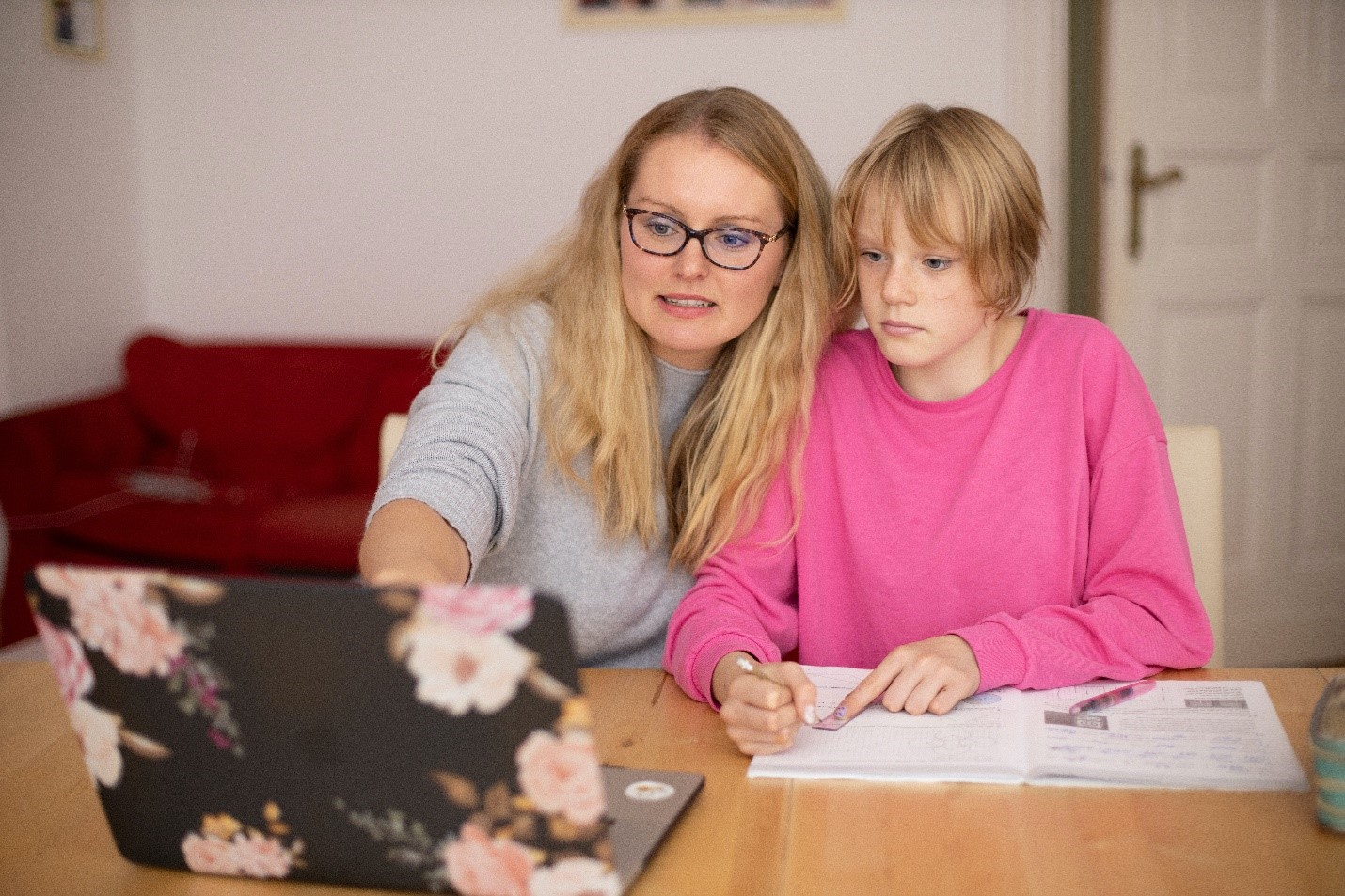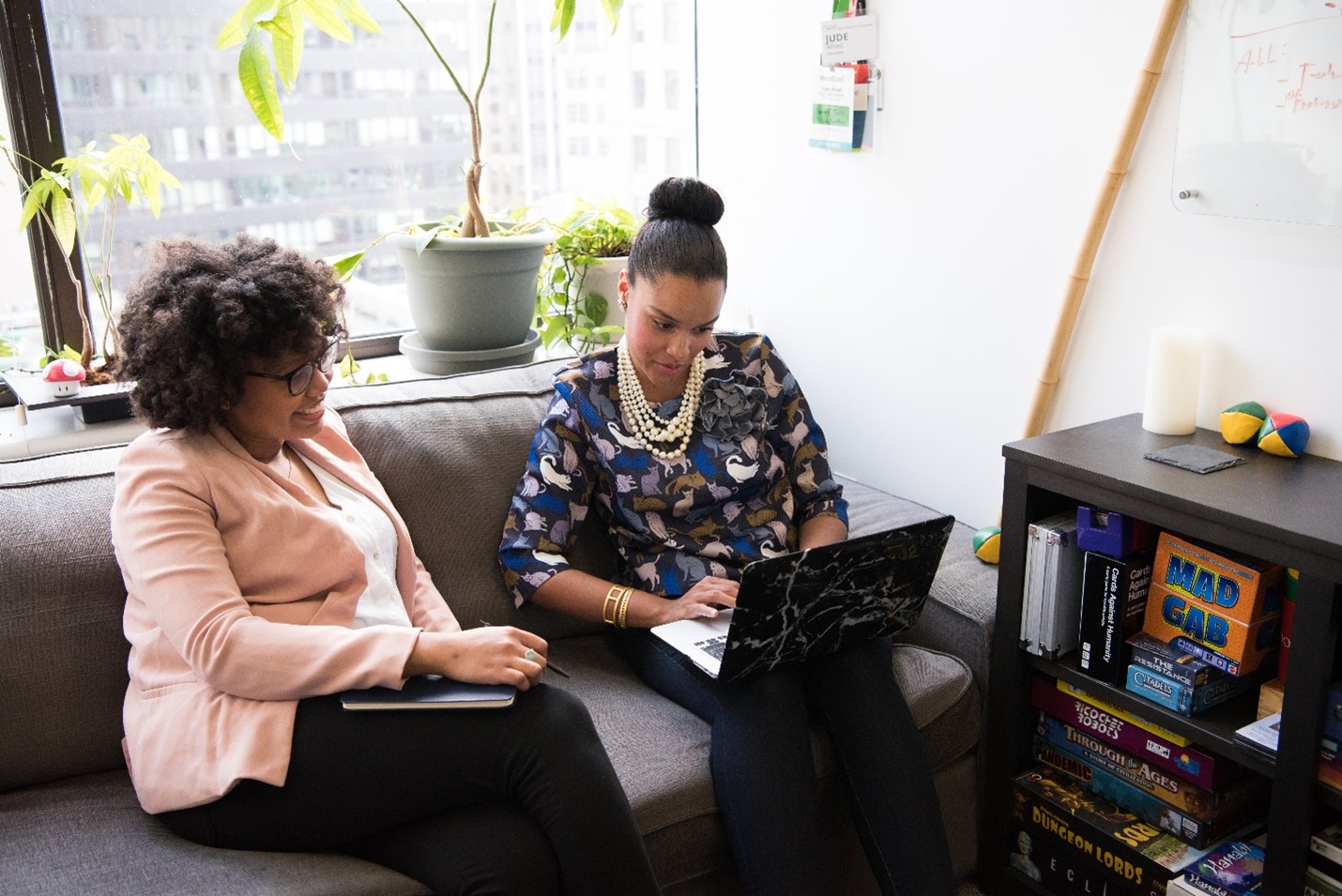Separation is never easy. There are a lot of emotions. Anger, sadness, frustration, and even relief when a relationship is dissolved and you decide to finally separate—and that is just for the adults. However, often parents don’t think about the kids involved in the separation or how they might be feeling. Or worse…they try to guess how they are feeling and fix it.
First, you don’t have to “fix” it. Emotions are normal and your kids are going to have their own feelings about the separation and yes, that may even come with some blame toward you, your ex-partner and even themselves.
Second, while you shouldn’t be fixing it, neither should you just ignore it. Kids need reassurance and they need to know that things are going to get better, even if it’s not going to be the same. Supporting your kids, listening and understanding what they are going through is definitely the best way to help your kids get through this…and, surprisingly, it is often the way that we fix the pain around separation for everyone involved.
But what about your kids? While we can’t say exactly how your kids will be affected because of their individual needs and the supports in place for Australian families, we can go over some of the emotional impacts that you can see with your kids.
Emotional Impact #1: Feelings of Guilt
I’ve already touched on this but kids can feel a lot of guilt when their parents are going through divorce. It doesn’t matter their age, unless they are infants, guilt is something that often occurs because kids begin to wonder if their behaviour had anything to do with the separation. Even when parents assure kids that the separation had nothing to do with them at all, kids will still worry.
Another factor of guilt is when they spend time with the other parent and enjoy themselves. They often begin to worry that they are being unfair to the other parent by enjoying time with one or the other parent.
Guilt can lead to many other emotional impacts on kids, which is why it is the first one that we focus on. It can increase the pressure the kids feel, make them worry about minor things, increase their stress and can lead to depression for kids, regardless of their age.
Emotional Impact #2: Becoming Emotionally Sensitive
Emotional sensitivity really does affect children and manifest in children in a number of different ways. Some will act out, others will withdraw, some will cry a lot and others will simply feel overwhelmed and their anxiety can increase. Emotional sensitivity means that your kids are going to be feeling overwhelmed with all of the emotions that they are having and may react to other situations in a more sensitive manner. Things that normally didn’t bother them may suddenly bother them a great deal.
With emotional sensitivity, children are feeling a wide range of emotions from anger to confusion, fear and anxiety and they may even feel relief, especially if you and your ex-partner were fighting a lot before the separation. That last one can lead to feelings of guilt as well. It is particularly important for kids to have a safe outlet to discuss their emotions and it may not be you or your ex-partner in this case.
Emotional Impact #3: Increased Anger
Another emotional impact that kids often feel is anger and irritability. Separation means a lot of change and often very quickly. This can leave kids feeling overwhelmed and many are not sure how to deal with it. And when kids aren’t sure how to deal with a stressor, it is quite easy for them to become angry, frustrated and irritable.
Often, this anger isn’t really directed at one person but at the situation and the feelings of being overwhelmed. However, it often presents itself as being directed at someone or some things and it can be quite scary for parents dealing with the anger.
Parents should realize that anger doesn’t usually last and anger is completely normal. Letting your kids know that they can be angry, but they can’t be hurtful will help them. Getting them someone to talk to will also help them work through those feelings. One of the positives is that anger is usually short lived and for most kids, as new routines are established and they start to feel normal again, their anger will dissipate.
While these are emotional impacts, we should note that these emotional impacts can affect your child both physically and socially. Kids who are feeling overwhelmed, frustrated and emotionally sensitive will have an increase of stress. Stress leads to a lot of health problems that can be both short term and long term.
In addition, these emotional impacts can affect them in how well they are adapting to change. If they are unable to adapt to change well, it can prolong the emotional impacts of separation and can lead to behavioural problems and even problems in school or with friends.
Providing them with supports right from the moment you let them know about the separation will enable them to process their emotions. This, in turn, will help them avoid many of the emotional impacts that affect children who are living through a divorce or separation. So find a good therapist for you and your kids and work through these emotions before they seem too large to overcome.
In the end, being supportive, understanding and just allowing your kids to have these emotions is a healthy step toward overcoming the negative impacts that separation can cause. And that is one of the biggest thing that Australian parents want…their kids not being negatively impacted by the decisions their parents have to make.










